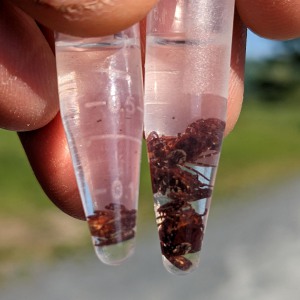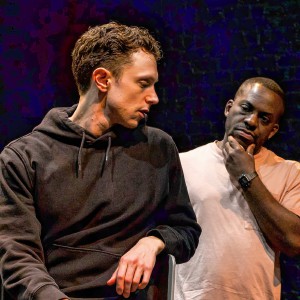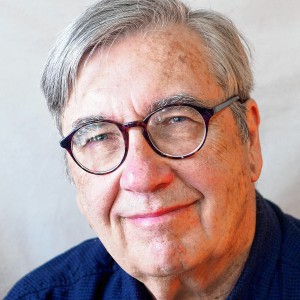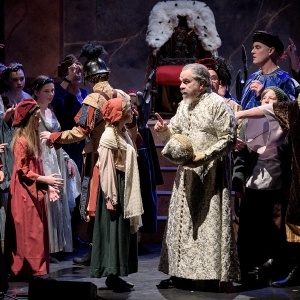A Life: Joyce Higgins had ‘an innate sense of curiosity and adventure’
| Published: 05-22-2023 4:38 PM |
CHARLESTOWN — Amateur historians share a few things in common. They are more curious than most, passionate and persistent in confirming their findings.
They research and write for little to no financial gain, and their published works do not yield much in the way of sales or recognition. It’s a labor of love, and no one loved it more than Joyce Higgins of Charlestown.
“She was knowledgeable on just about everything and was everywhere,” said Duane Wetherby, chairman of the Charlestown Heritage Commission, who worked with Higgins on a few projects, including restoring and displaying a Civil War-era cannon. “That was all her idea.”
Higgins and her husband, Charles, moved to Charlestown in 1993. They bought a house built in 1790, when North Charlestown was its own village, and spent many years renovating it.
Higgins, who was born and raised in Illinois, died June 10, 2022, of an underlying heart condition while recovering from Guillan-Barre syndrome. She was 79.
Not long after Higgins came to Charlestown from Fort Worth, Texas, following her husband’s retirement, she began a long and dedicated connection with the Charlestown Historical Society and Heritage Commission. Over the years she contributed countless hours to digging up information about the town’s past and carefully documenting it to ensure accuracy.
“She did a tremendous amount of research and her research was very thorough and factual,” said Historical Society member Joanne Hipp. “If she researched it and presented it, you knew it was as good as it could get.”
Her most noted contributions were “The Judge’s Daughter, a young girl’s diary from 1861-1866,” and “The Third History of Charlestown.” But she worked on numerous other smaller projects.
Article continues after...
Yesterday's Most Read Articles
Wetherby said Higgins researched old barns in Charlestown, found the location of three underpasses that once went under the railroad and documented the stagecoach route through Charlestown before the railroad arrived in 1849. Higgins had a plaque made and placed it on Wetherby’s property on Langdon Road in South Charlestown. It states that north-south and east-west stagecoach routes intersected at the site, which hosted a hotel, taverns and stores not far from a ferry to Vermont. Higgins also did a lot of work trying to get Charlestown’s Main Street district on the National Historic Register, though it was not approved by the Planning Board.
Higgins might never have landed in Charlestown were she and her husband not “bumped” from a couple of airline flights, which resulted in some free vouchers for tickets to anywhere in the United States. Charles said they had begun talking about where to move when he retired, as Joyce did not like living in Texas. Their free flight took them to Boston in the fall of 1987.
“She loved the fall colors, and that got her thinking that maybe we should move to New England,” Charles said.
They returned the following spring and, on a drive through New England, began looking around for real estate. Through what Charles said was a process of elimination they chose New Hampshire and eventually found their home on River Road.
“She would often say, ‘We won the lottery,’ moving to Charlestown, because it had everything we were looking for,” Charles said. “We were lucky we ended up here, because she liked everything about the area.”
Marge Reed worked alongside Higgins at the Charlestown Historical Society.
“We were both interested in history, and she got involved with the historical society, of which I was a member,” her neighbor, Reed, said. “She jumped right in. She and I were very curious about everything. I am still going through stuff she left behind.”
Reed said she finds it ironic that newcomers to a town often display more of an interest in its past than those who have lived there since birth.
Transcribing and annotating the diary of Mary Cushing, daughter of Judge Edmund Cushing, was a 10-year effort by Higgins, Reed and Marianna Marsha.
“It took 10 years because we were researching every mention she made of people at that point in time,” Reed said.
The diary was held by the Cheshire County Historical Society and was the sort of find that local historians dream about. Reed said when they were contacted about the diary, they made a trip to Keene and were unanimous in their assessment of the its historical value.
“We all agreed; we needed it because it had so much to do with Charlestown,” Reed said.
“The Judge’s Daughter, a young girl’s diary from 1861-1866” recalls daily life during that time, including troop trains leaving with soldiers to fight in the Civil War.
Reed and others say Higgins was meticulous in her research and was never satisfied with one source to verify a piece of history. She made frequent trips to Keene to research deeds, as Charlestown was part of Cheshire County before Sullivan County was established in 1827.
“She was very accurate and very educated in her historical research,” Reed said. “Joyce was just knowledgeable about how you do things”
Higgins’ other major undertaking was the “Third History of Charlestown,” which covered the period from 1954 to 2013. While others helped with the research and wrote on various topics, Higgins edited and assembled those contributions, nearly 600 pages.
“You would not believe the work she put into it,” Hipp said, calling Higgins a “detective.”
Sharon Morisi, a longtime neighbor of the Higginses, remembered her friend’s adventurous and playful side as well as her inexplicable love of Groundhog Day.
“She has an innate sense of curiosity and adventure,” Morisi said. “She was a neighbor you could call up and say, ‘Let’s go,’ and she would jump in the car and go.”
For a brief time, the neighbors engaged in flamingo wars, planting the plastic ornaments in each other’s yards. Late one Halloween, Higgins knocked on Morisi’s door dressed as a flamingo.
“She had a wild sense of humor,” Morisi said, recalling the time Higgins and her husband created a groundhog cut-out, painted it and stuck it on her lawn surrounded by flamingo ornaments.
But when it came to local history, Higgins took it seriously.
“She would argue you to death on historical interpretation,” Morisi said.
The mere mention of something from the past and Higgins’ curiosity would kick in. When Morisi wondered about where the Winesap apple trees on her property came from, Higgins found the answers.
“It turns out someone moved up here from New Jersey and brought Winesap seedlings,” Morisi said. “She tracked that down.”
One of her final projects was finding Civil War soldiers from Charlestown whose names were not in cemetery records or on town monuments. Higgins also found time to pursue gardening, her other passion. A talented seamstress, she also made 18th century costumes.
“She was involved in everything,” said Duane Wetherby. “She was a great loss to the town.”
Patrick O’Grady can be reached at pogclmt@gmail.com.

 Out & About: Vermont Center for Ecostudies continues Backyard Tick Project
Out & About: Vermont Center for Ecostudies continues Backyard Tick Project Art Notes: After losing primary venues, JAG Productions persists
Art Notes: After losing primary venues, JAG Productions persists  Over Easy: Marvels in the heavens, and in the yard
Over Easy: Marvels in the heavens, and in the yard  Amid financial difficulties, Lebanon-based Revels North cancels midwinter show
Amid financial difficulties, Lebanon-based Revels North cancels midwinter show 
